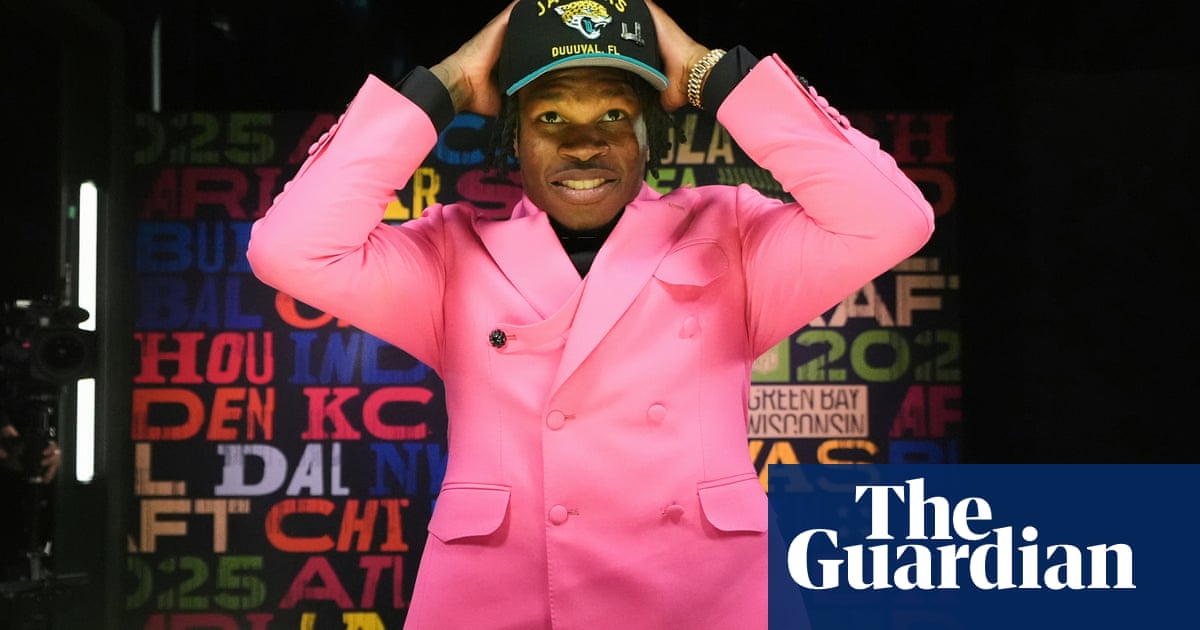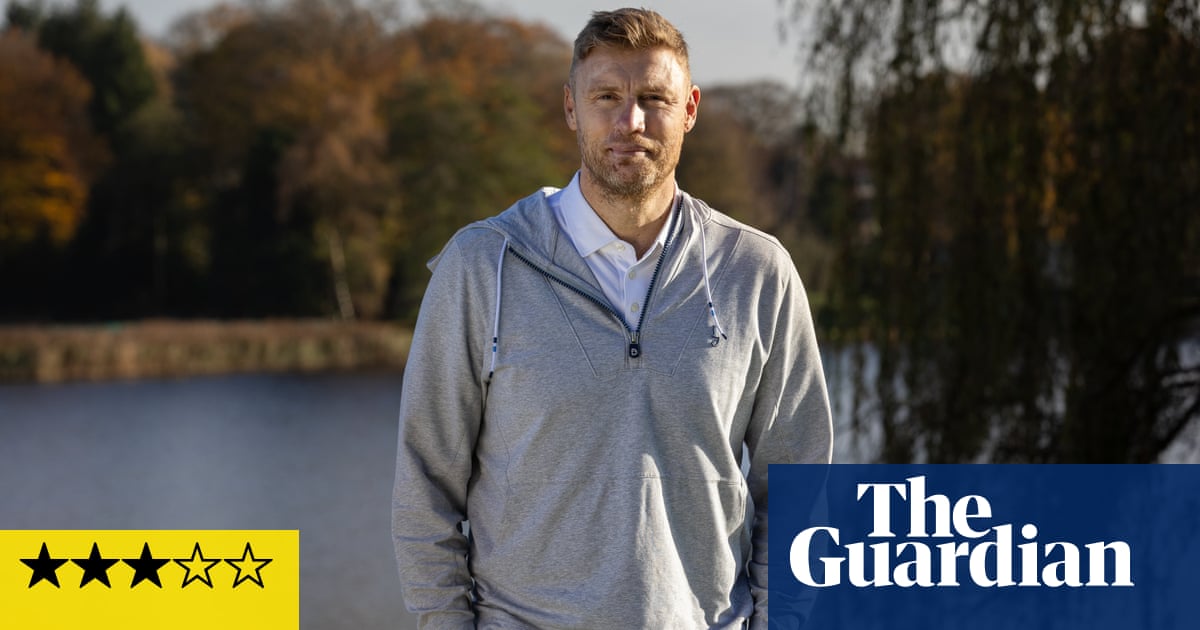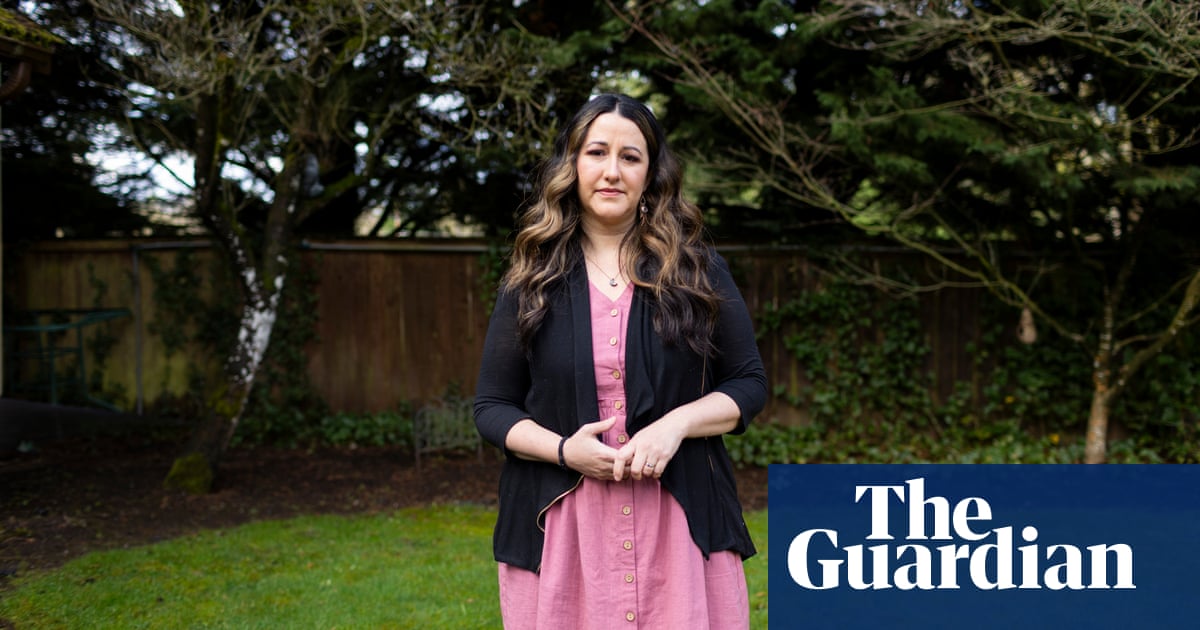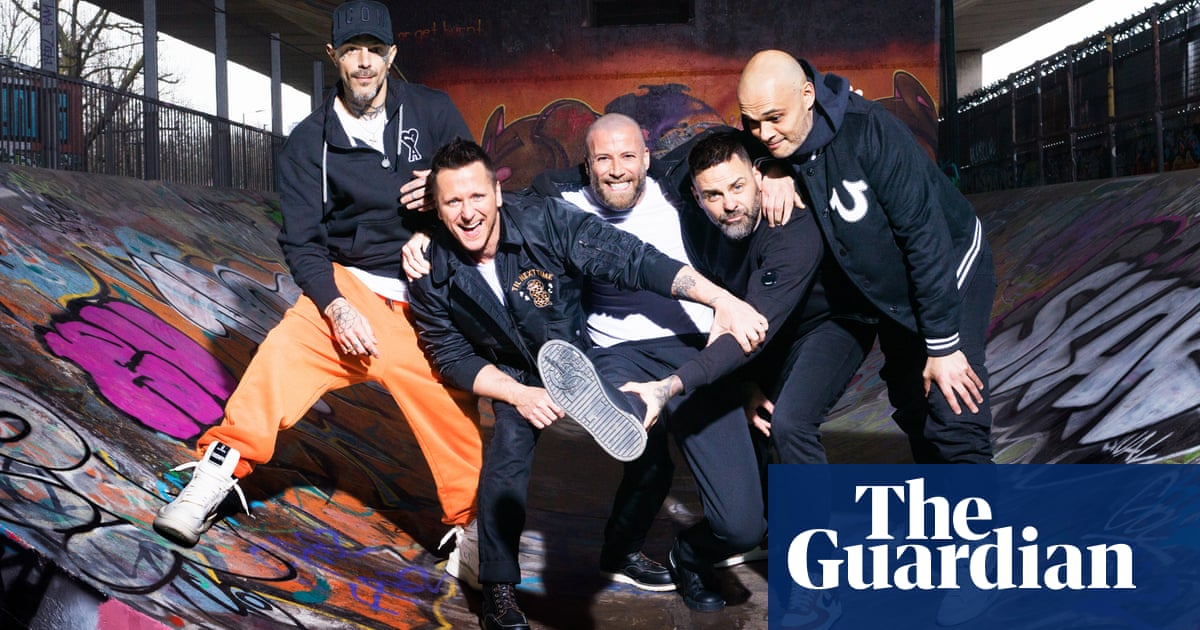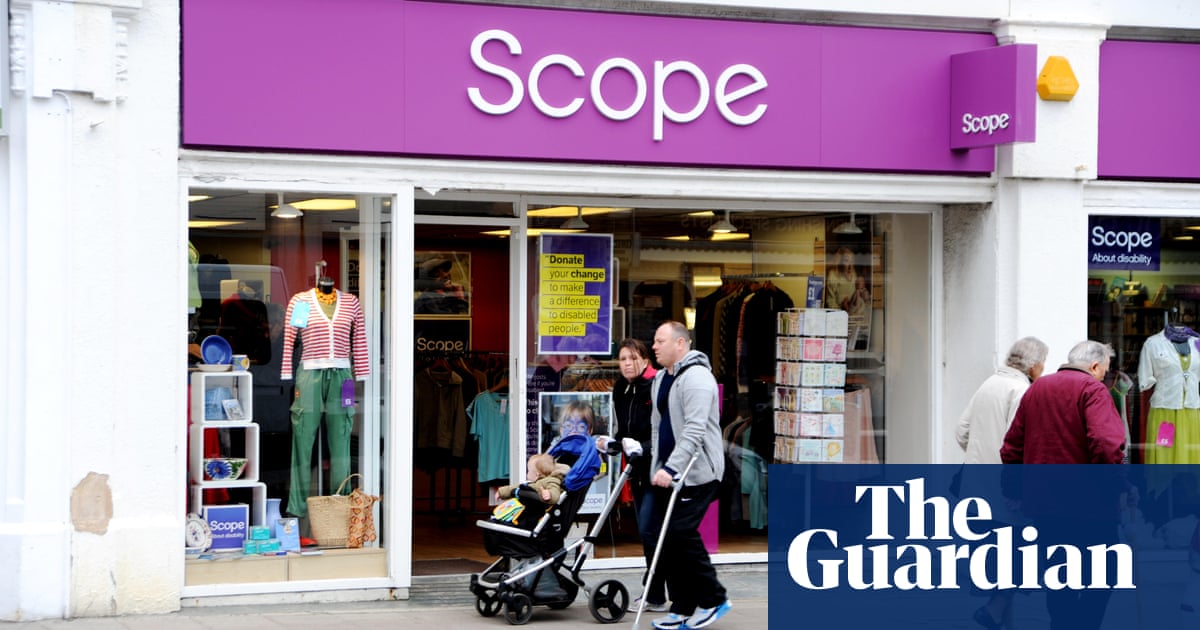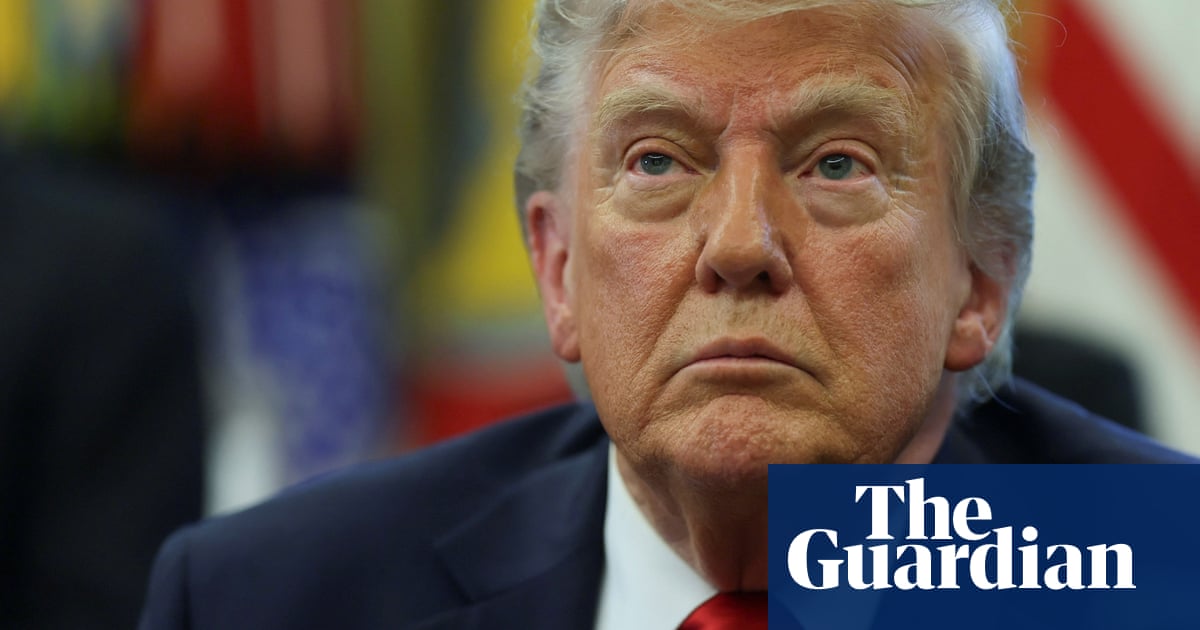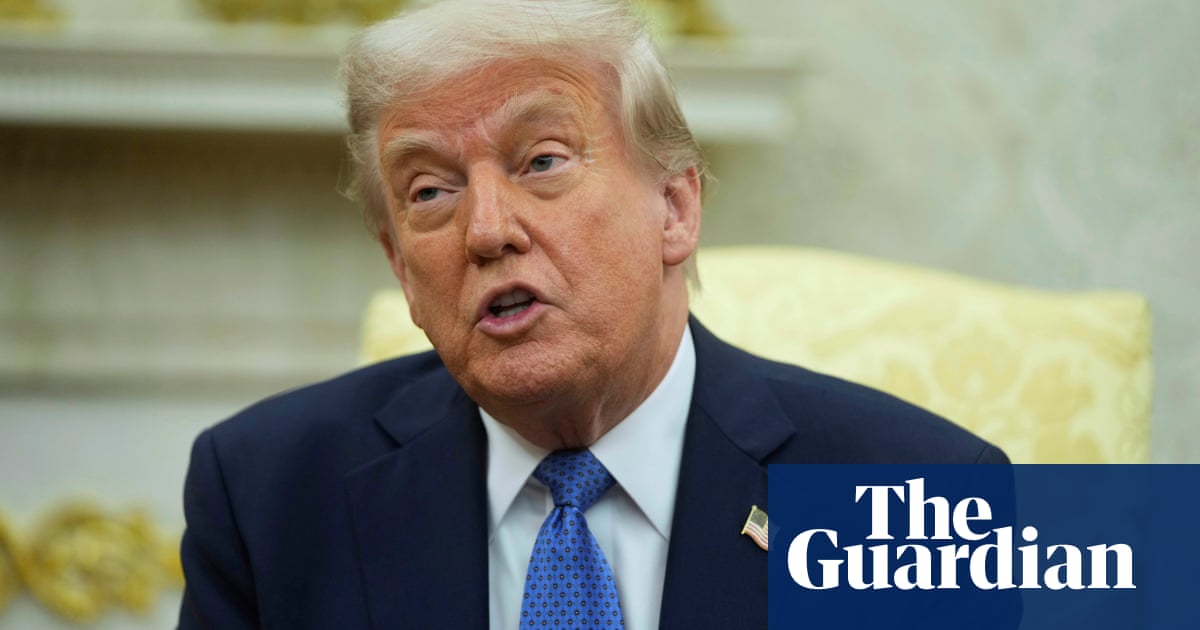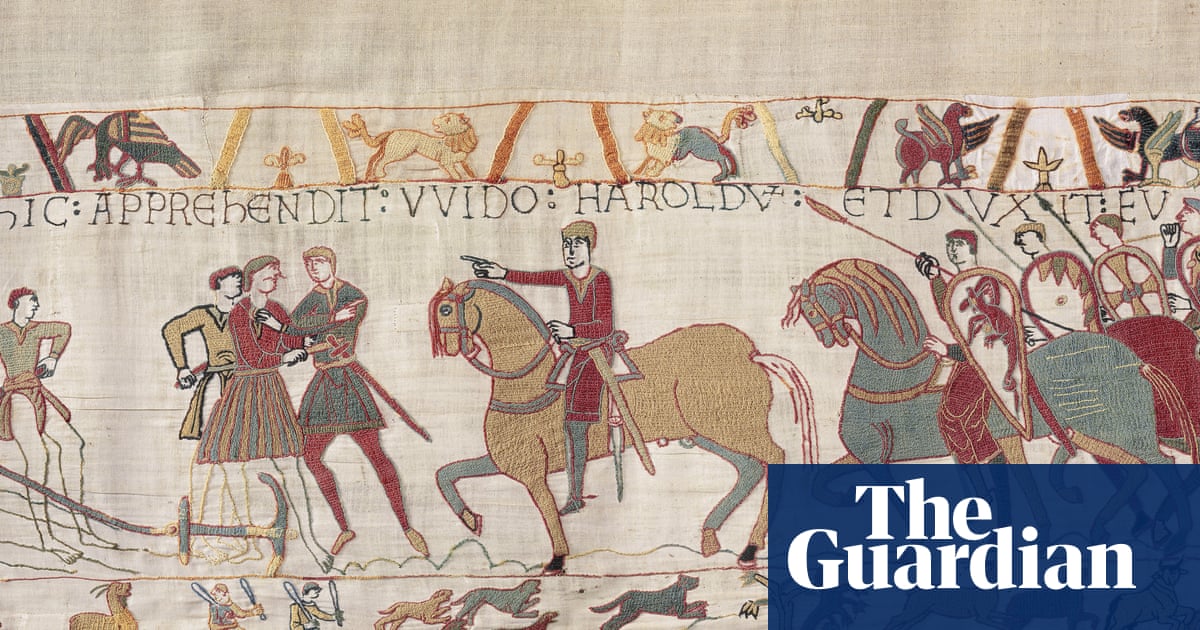Beyond reasonable doubt. Those words carry a heavy moral burden, and so they should. Jurors hold another human being’s life in their hands, and must be convinced there is no other rational explanation for the facts presented to them than the defendant’s guilt. But what happens when those facts start to shimmer and blur, to multiply and divide confusingly before your eyes?
Lucy Letby is officially Britain’s worst serial child killer, serving 15 life sentences for murdering seven babies and trying to kill seven more. But her case has become as troubling to some medical professionals as it is attractive to conspiracy theorists because of the stubbornly persistent doubts at its heart. There are things we may never know for sure about those babies’ last moments.
Yet justice – for both Letby and the poor bereaved parents – requires a verdict nonetheless.
This week, the Tory MP David Davis, who is convinced Letby is a woman wronged, hosted a press conference with Prof Dr Shoo Lee, a retired Canadian neonatologist whose work was cited by the prosecution in support of its case that Letby killed some of the babies by injecting air into them. Lee’s argument that his research on telltale signs of so-called air embolisms was misinterpreted has already been considered and rejected by the court of appeal – it concluded that the unusual skin colouring his paper describes wasn’t the only diagnostic clue the prosecution relied on – but Lee doesn’t give up easily.
Having assembled a panel of 14 undeniably eminent doctors to review the babies’ medical notes, he travelled from Canada to announce that Letby could not be a murderer because his panel had found no murders. All the babies, he argued, died of natural causes or “bad medical care” on a unit he felt would have been shut down as unsafe had it been in Canada.
For the parents, it must be torture. One mother told the Daily Mail she had found “every aspect of what they are doing” profoundly disrespectful, including the drama of staging a press conference: “This isn’t a show, this is our real lives.” It would be unspeakably cruel to raise doubts unnecessarily in families who will be haunted by them.
Yet if Lee is right, then Letby has been doomed to die in jail for something she didn’t do. When even the ex-director of public prosecutions Ken Macdonald – hitherto a stern critic of bystanders challenging the Letby verdict without understanding the evidence – begins arguing that such is the public unease that the Criminal Cases Review Commission “will want to look at this very carefully”, something is afoot. This is no longer just about one conviction, but public confidence in everything from the safety of maternity units to the ongoing public inquiry into the Letby case, the effective functioning of the appeal courts and the use of medical evidence in trials. It has become a kind of test case for justice itself.
Are lay juries the right people to assess incredibly complex medical evidence like this? I’ve never forgotten reporting years ago on a coroner’s inquest involving a jury, where it became obvious from the questions they were asking the coroner that some jurors were hopelessly lost. It was uncomfortable for everybody watching but agonising for the parents of the child involved, reliant for a verdict on people who didn’t seem to understand the evidence. To be blunt, that’s probably where jury cases end up more often than anyone wants to think, because the alternative to juries with all their human flaws is losing the right to trial by your peers. But this system requires expert witnesses who can boil technical evidence down into clear and simple terms, and therein lies a risk.
In their forensic account of the trial, Unmasking Lucy Letby, the BBC journalists Jonathan Coffey and Judith Moritz describe the perplexing case of baby O, where the original pathologist and the prosecution’s pathologist disagreed about his cause of death. The authors commissioned a third pathologist to adjudicate, who promptly disagreed with both the others. Though it’s perfectly normal for good scientists to disagree in good faith, their anonymous expert added that “courts want people who are more absolute”, so the same very confident people get asked again and again. And since “everyone knows who the hawks are and who the doves are”, lawyers soon learn who to call, depending on the answer they need.
The crucial safeguard remains the defence’s right to call its own medical experts to challenge the prosecution’s, and the biggest puzzle of this case remains that Letby’s high-powered defence team didn’t do so. They commissioned a report from neonatologist Dr Mike Hall, challenging the diagnosis in several of the cases, and drew on it in cross-examination. But they didn’t get Hall to testify, for reasons he has never understood. Instead, they focused on discrediting the prosecution’s lead witness, retired paediatrician Dr Dewi Evans, accusing him of being dogmatic and making facts fit his theory – arguments rejected by both trial judge and the appeal courts. (Letby’s new barrister, Mark McDonald, is arguing that Evans’s credibility is damaged because he changed his mind about the causes of three babies’ deaths, criticism Evans rejects as “unsubstantiated, unfounded, inaccurate”.)
The case for a miscarriage of justice would look overwhelming by now if Lee’s findings perfectly matched Hall’s misgivings, but unhelpfully it’s not that simple: in some cases, more experts seem to mean more competing accounts. How do you “follow the science” when it leads in circles?
This case was never, of course, just about science. Letby was the nurse that death seemed to follow around, the only one present for every incident Evans identified as suspicious: the death rate plummeted when she was, at colleagues’ insistence, removed from the ward. As Moritz and Coffey conclude, it’s as hard to argue definitively for her innocence as for her guilt. Even Hall told them he couldn’t say whether she was culpable.
But he also pointed out that strictly speaking, that’s not the question: it’s whether Lucy Letby had the fair trial to which both the guilty and the innocent are entitled, and in his view she did not. Did the jury really hear the facts, and nothing but the facts? Until that question is answered, doubts both reasonable and unreasonable cannot be laid to rest.
-
Gaby Hinsliff is a Guardian columnist
Do you have an opinion on the issues raised in this article? If you would like to submit a response of up to 300 words by email to be considered for publication in our letters section, please click here.

.png) 2 months ago
41
2 months ago
41
